NATIONAL PARKS AND MONUMENTS
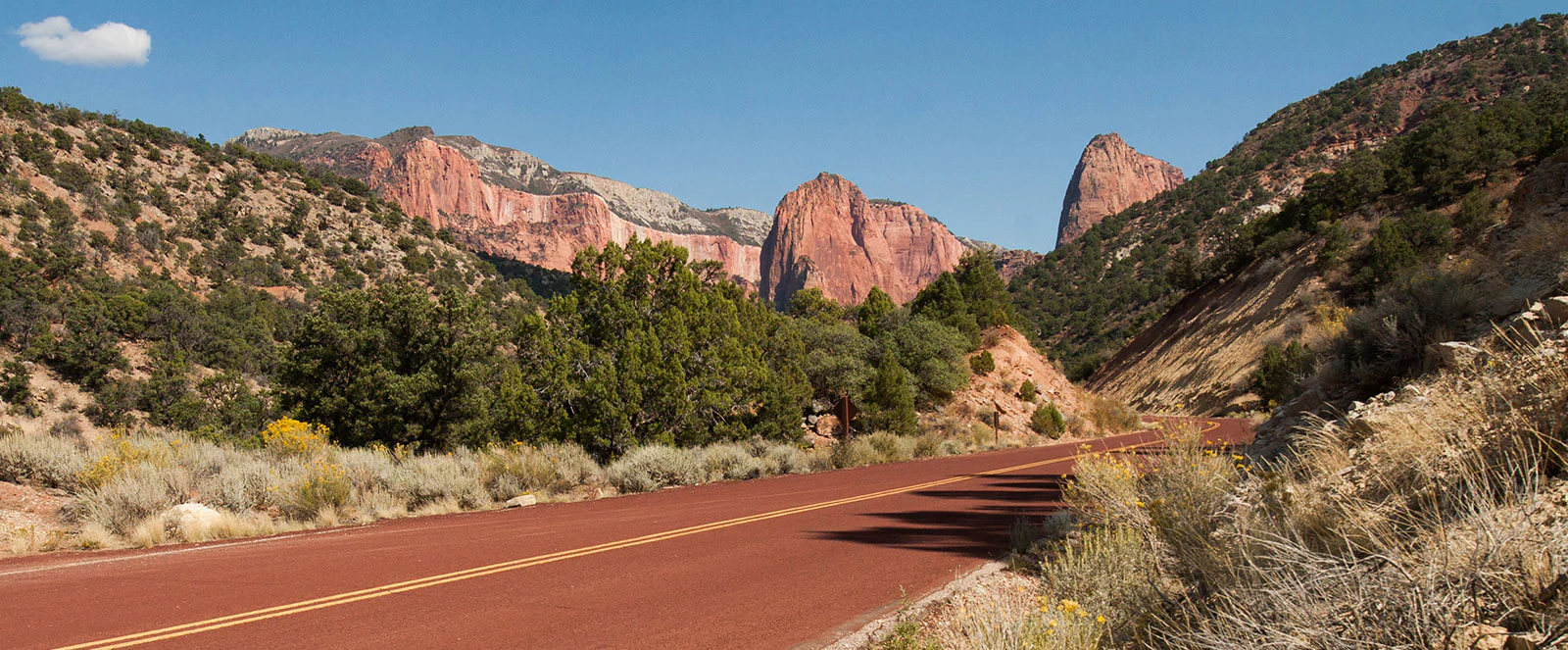
National parks and national monuments are included under the National Park Service’s America the Beautiful pass. Visitors can also use a park-specific annual pass or a standard entrance pass (good for seven days). There are seven free entrance days each year:
- Martin Luther King, Jr. Day (January 19, 2026)
- The first day of National Park Week (April 18, 2026)
- Juneteenth (June 19, 2025)
- Great American Outdoors Day (August 4, 2025)
- National Public Lands Day (September 28, 2025)
- Veterans Day (November 11, 2025)
The individual park websites and apps give alerts about closures.
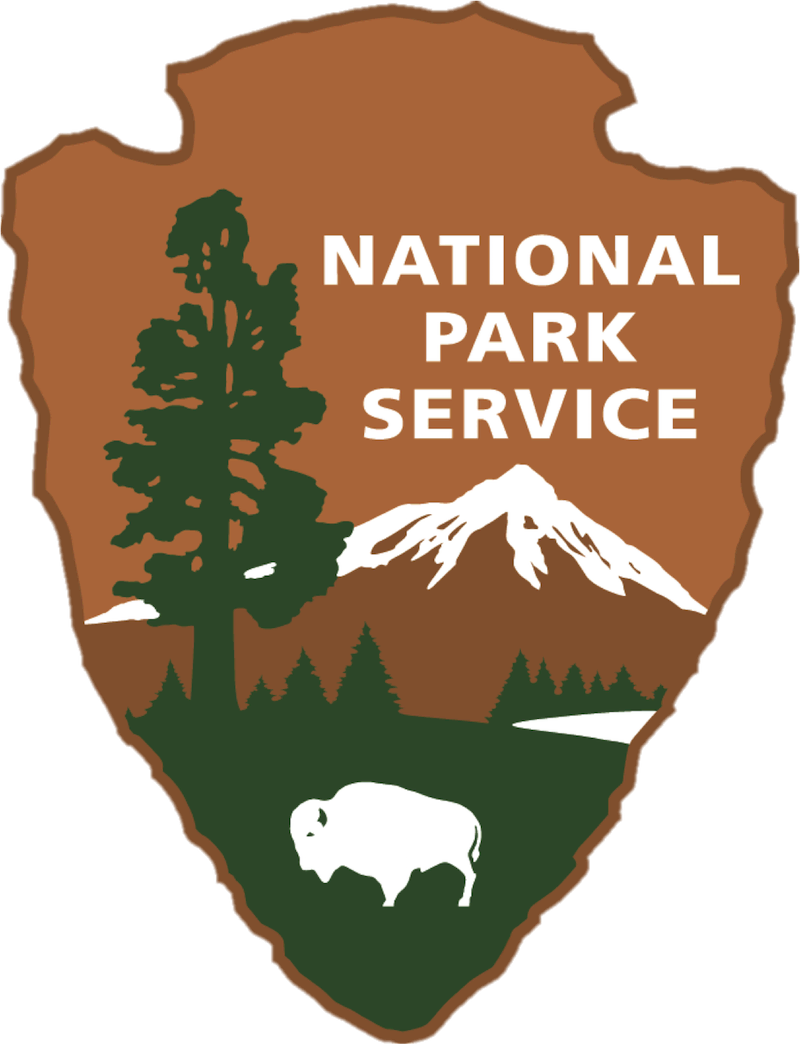
ZION NATIONAL PARK
Zion National Park has three main entrances:
- South Entrance in Springdale: This is the entrance to Zion Canyon, the most popular area of the park, accounting for roughly 60% of visits. It’s located just outside Springdale on SR-9. From early March through late November, visitors must park near the entrance or in Springdale and take the shuttle. Oversize vehicles (including RVs) should travel to this entrance from the west as there are restrictions for the Zion-Mount Carmel Tunnel.
- East Entrance in Kane County: This entrance, accounting for roughly 30% of visits, is located on SR-9 near the Washington-Kane County border. It’s next to the East Rim Trailhead, but most visitors will use this entrance to get to Zion Canyon if they’re coming from the east. Oversize vehicles should not use this entrance if traveling to Zion Canyon as there are restrictions for the Zion-Mount Carmel Tunnel.
- Kolob Canyons near New Harmony:Accounting for about 9% of visits among the three entrances, this area of the park is located off I-15 near New Harmony. It’s about a 45-minute drive from Springdale or a 20-minute drive from Cedar City.
Some trailheads are located outside of these areas. While these trails are less crowded, parking is very limited and visitors should be self-sufficient. Services in these areas are very limited and some areas may require permits or limit group sizes.
- Kolob Terrace Road: This road begins in Virgin and travels northeast through the park. Right Fork, Hop Valley and Wildcat Canyon trailheads have vault toilets, but otherwise there are no services. The upper section of the road (past Hop Valley Trailhead) is typically closed to vehicles in winter.NOTE:You may get directed to Kolob Terrace Road via the old road, which goes through a neighborhood. Check the map at the bottom of this page to be sure you’re entering from the correct place.
- Lava Point Road: Located off Kolob Terrace Road, about a 40-minute drive from Virgin or an hour drive from the South Entrance. This road is unpaved and closes in winter. There are vault toilets at the campground, but no water or other services.
- SR-9: Chinle, Huber Wash and Coalpits Wash trailheads are west of Springdale just outside the park boundary. There are no restrooms or other services.
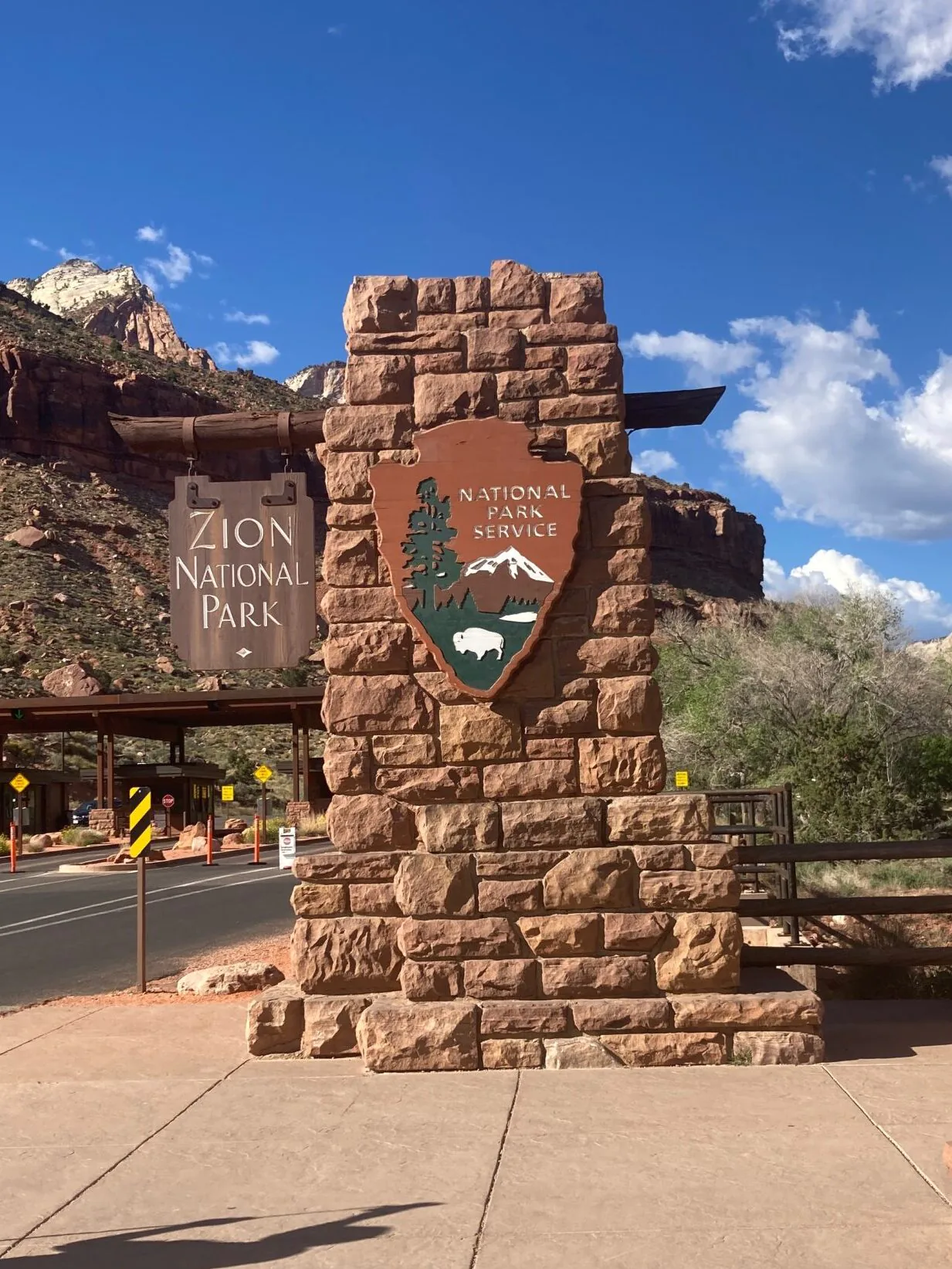
Zion National Park’s peak season is March through November, but the park is popular year-round. Holiday periods are especially busy, with shuttle wait times of over an hour on the busiest weekends. Peak times to go up Zion Canyon from the visitors center are 8 a.m. to 12 p.m.
Permits are required to hike Angels Landing, the Narrows (top-down), and the Subway (both directions), as well as all backpacking, technical canyoneering and river trips.
Pets are only allowed on the paved Pa'rus Trail and must be on a leash.
Standard entrance fees (good for seven days):
- $35 per vehicle (non-commercial, 15 people max)
- $30 per motorcycle
- $20 per snowmobile (Kolob Terrace Road)
- $20 per person age 16+ on foot/bike
- Children under 16 are free
bryce canyon national park
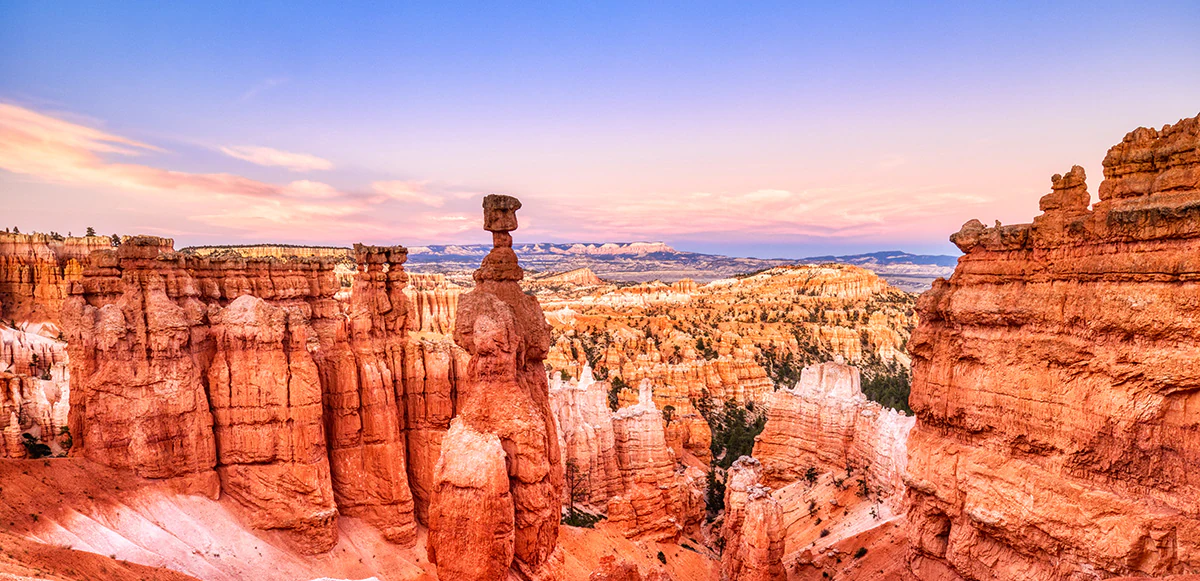
The drive between Zion and Bryce Canyon national parks is just under two hours on SR-9, US-89 and SR-12. Travel is harder in an oversize vehicle. Vehicles over 13’1” tall are prohibited in the Zion-Mount Carmel Tunnel, and vehicles that are 11’4” tall or 7’10” wide need a permit. These vehicles can use an alternate route through Cedar City, using I-15 and SR-20, which takes about two-and-a-half hours.
Parking at Bryce Canyon National Park is available at viewpoints and trailheads, although it fills up at peak times. A shuttle runs from early April to mid-October, with stops in Bryce Canyon City and destinations within the Amphitheater area of the park.
Pets are only allowed on paved surfaces, including the Rim Trail between Sunrise and Sunset Points and the Shared-Use Path between the entrance and Inspiration Point. Pets must be on a leash.
Standard entrance fees (good for seven days):
- $35 per vehicle (non-commercial, 15 people max)
- $30 per motorcycle
- $20 per person age 16+ on foot/bike
- Children under 16 are free
North rim of grand canyon national park
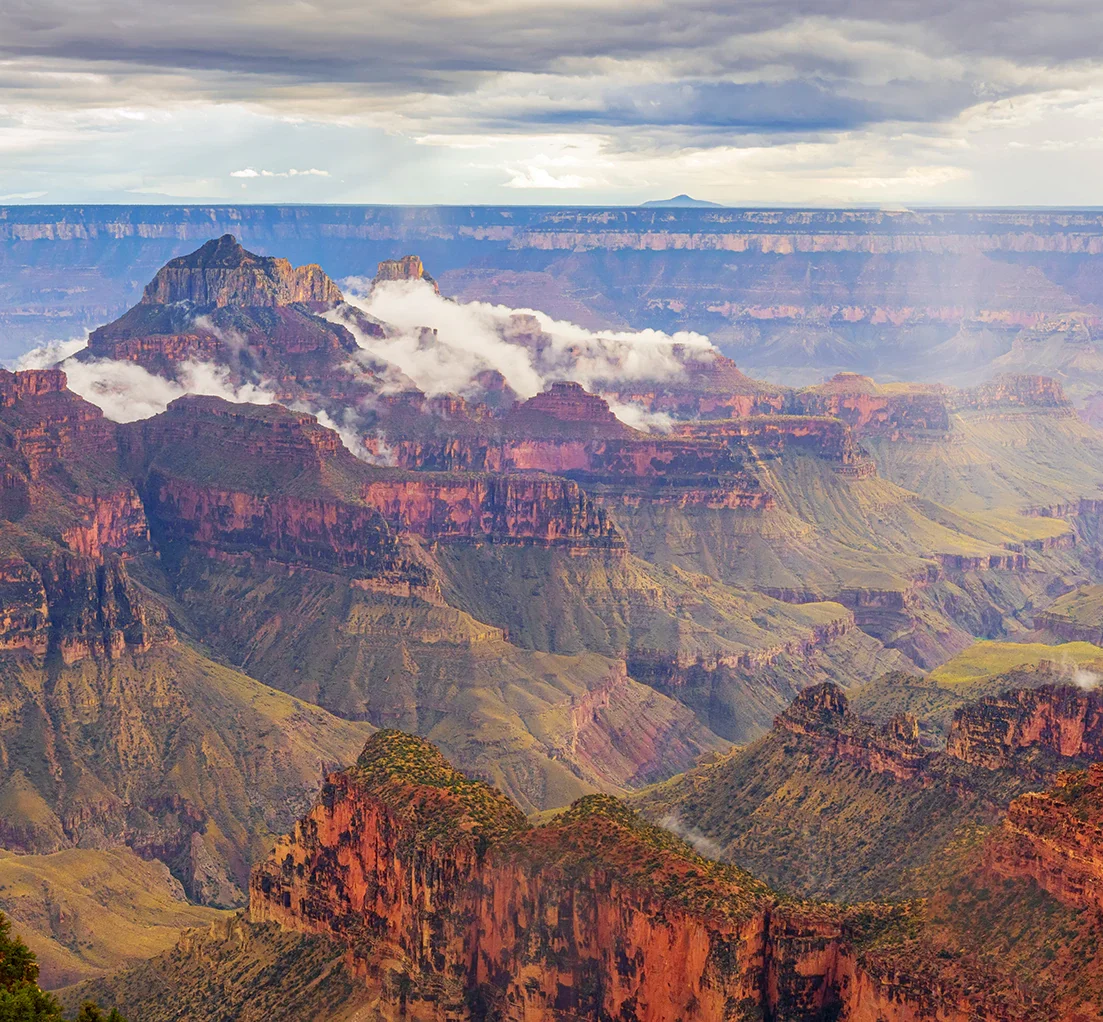
The North Rim of Grand Canyon National Park is roughly a two-and-a-half hour drive south of Zion National Park. It closes for winter from December 1 until May 15 (subject to change) and is open for day use only from October 16 to November 30.
Vehicles over 22 feet long are not permitted on the Scenic Drive (Cape Royal and Point Imperial Roads) but can access the main area of the park on SR-67. There is no shuttle service at the North Rim.
At the North Rim, pets are only allowed on the Bridle Path and the portion of the Arizona Trail north of the park entrance station. Pets must be leashed.
Standard entrance fees (good for seven days):
- $35 per vehicle (non-commercial, 15 people max)
- $30 per motorcycle
- $20 per person on foot/bike


